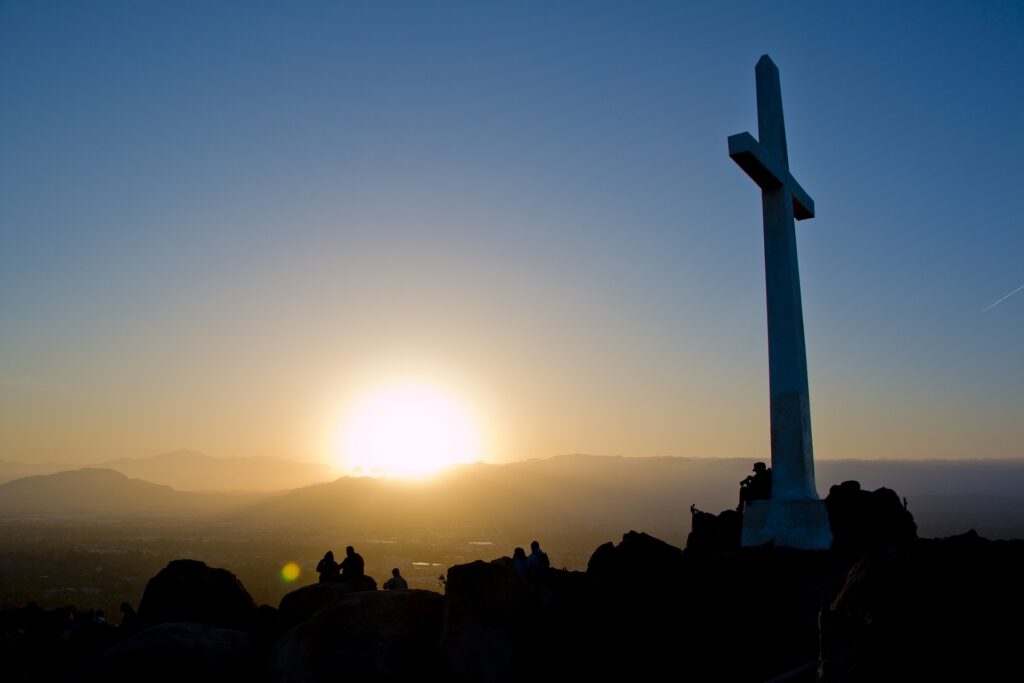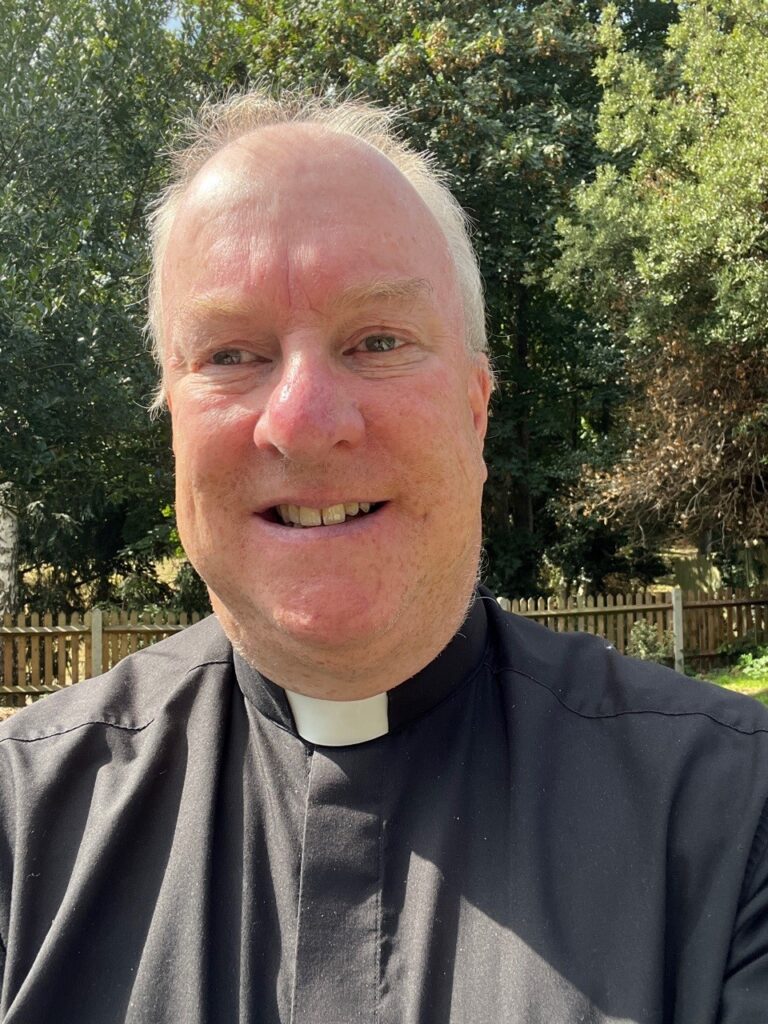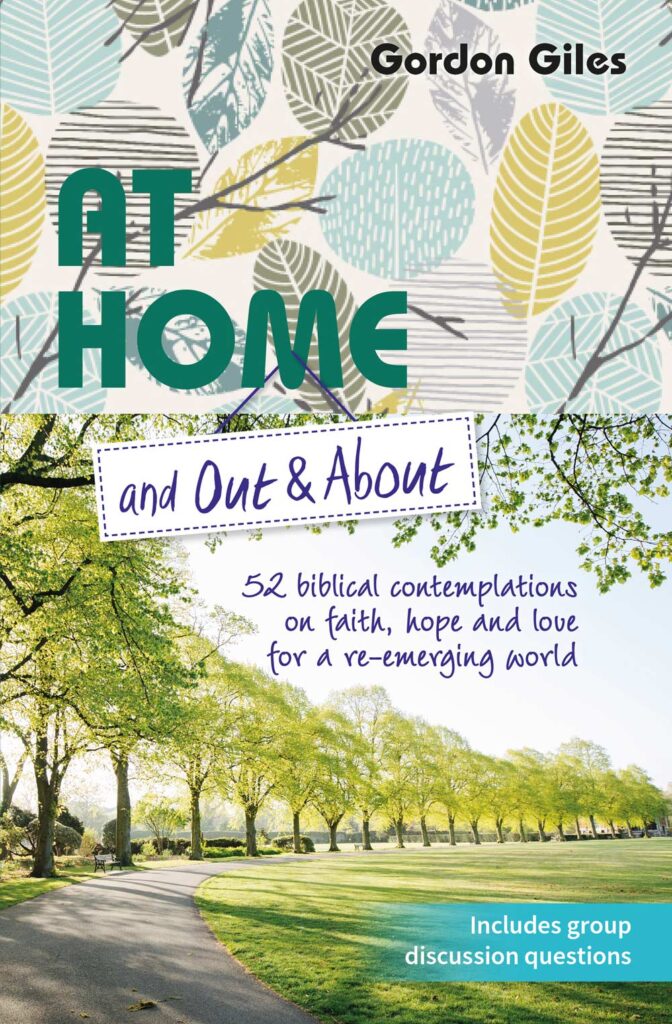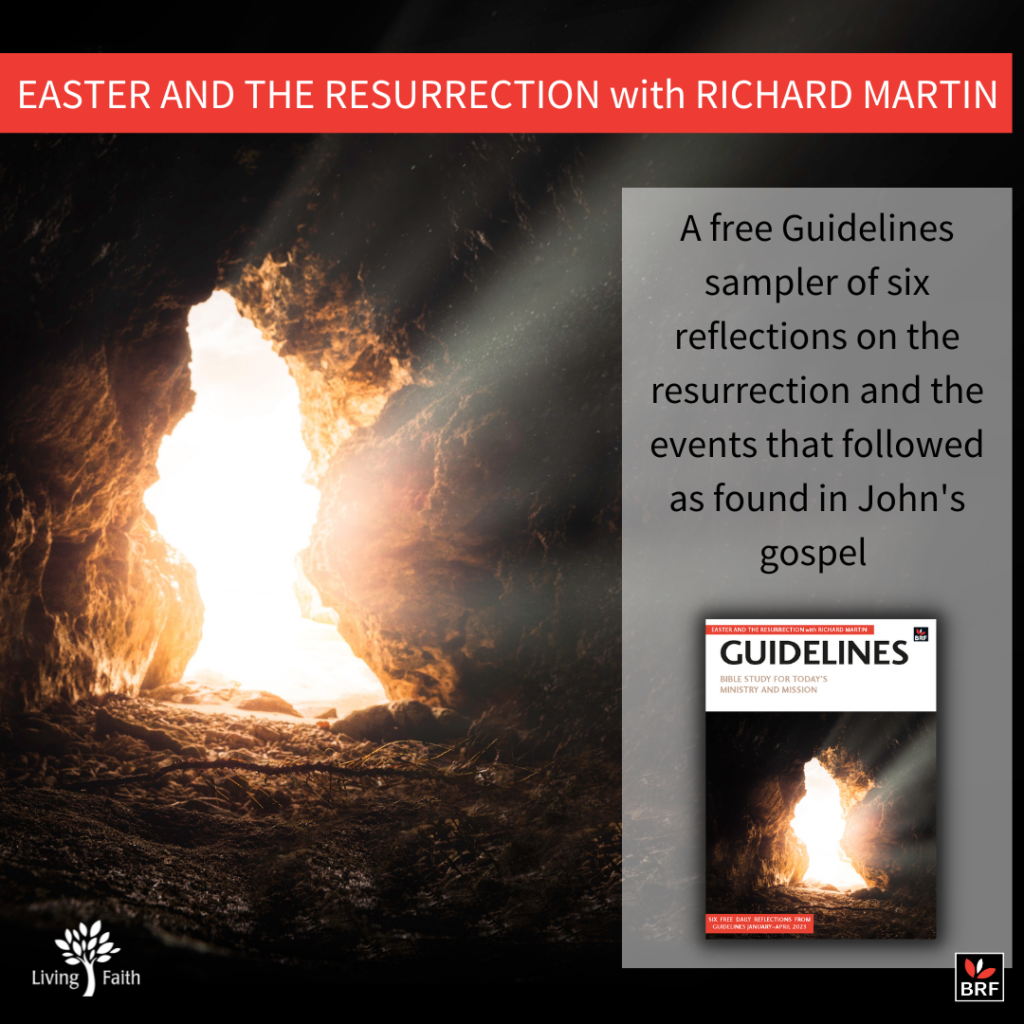Gordon Giles reflects on Easter past, present and future.
16 April 2023
The journey
Many people think of Easter as some kind of destination, the temporal place at the end of a Lenten journey. Many writers, Pope Benedict XVI among them, have written books entitled The Journey to Easter, Easter Journey or other similar titles that highlight the metaphorical road to the great spring festival that speaks to the whole world of renewal, rejuvenation and resurrection.
Like any journey, life itself contains many little journeys, or milestones, on the greater road. Every Easter is a milestone on the highway, which we may notice as we whizz by, or where we might pause for refreshment and celebration.
I hope you were able to do exactly that this Easter: to truly celebrate not only the stupendous trio of resurrection faith, hope and life, but also to pause and look back at Easters past. For we have lived through a few remarkable ones for sure.
Every Easter places us on a new Golgotha hill, with the same view changed by seasons and circumstances. The perspective is altered, for we and everything and everyone else have changed, sometimes imperceptibly, sometimes radically.
‘Every Easter places us on a new Golgotha hill, with the same view changed by seasons and circumstances.’
If we have lost someone, then the idea of death and resurrection will strike us in ways that may be challenging, comforting, or both. Meanwhile every year there are some who are truly, deeply affected, perhaps for the first time, by the very presence of God, deep in their hearts. Whatever Easter has been for you, whatever it has done and is doing to you this year, notice, and give thanks.
Cross-shaped Easter
Passiontide is cross-shaped: not simply because it is shaped by the cross on which our Lord suffered and died. The cross is embossed on Christians as a symbol of God’s forgiving embrace, but it also traces the shape of our lives.
Think of crossroads and crosswords: they are maps of roads and words. Crossroads join directions at a central point. Crosswords send letters and words tumbling and racing in all directions. Both mirror life. We meander in all directions, sometimes knowing, sometimes unknowing, yet all our journeys are not, ultimately, about distance or destination but about time.
The ‘wondrous cross’ we ‘survey’ during Passiontide and Easter is a temporal one as well as a physical instrument of torture on which the prince of glory died. Rooted in the ground, it points us downwards to the past. Raised up, it casts us forward to the future. With arms outstretched, it invites us to look around in all directions, to embrace the whole realm of nature, encompassed in a present moment.

‘With arms outstretched the cross invites us to look around in all directions, to embrace the whole realm of nature, encompassed in a present moment.’
For our lives are lived and breathed through a series of moments, none of which can be reclaimed or spent in advance. Easter is the time to embrace those moments, hold them, examine them and, at the invitation of the one who looks in love from the crossbeam of salvation, to contemplate and contextualise them all. For the ultimate crux of all our lives is that momentous event of Easter dawn, when in a resurrection moment, the death of all hope was instantly transformed into eternal hope for all who must die.
It was a moment encapsulating past, present and future. Like the Big Bang reversed, all time and space was sucked into a nanosecond of love which reset history, reversed time and burst forth on that first Easter Day, fulfilling the promises of the past and presenting a new future of faith and hope.
Easters past
We are nearing 2,000 Easters, most of which we cannot, obviously, remember. Yet culture and history remembers them collectively and progressively as a continuum of tidal waves.
Will Easter 2033 be celebrated as a special one? Perhaps; we will see. I think it will, because it is widely held, traditionally, that Jesus was 33 when it all happened. Calendrical shenanigans and lunar niceties will render the task of identifying the exact anniversary tricky, but I dare say someone will try to work it out.
Yet for each of us, Easters past, as Charles Dickens might put it, are not about that first Easter but actually about us – we who experienced them – and what God in Christ did to, with and for us. We each hold this in memory. When you look back, what do you see? Do you see God in your life, even if you could not see it at the time? Or is it a bit of a blur, an indistinct or conglomerative Easter?
Recent Easters are surely distinguishable, badged as they are by Covid lockdowns or related personal events. Can you remember them? Were you changed or challenged by them? Look back and see if you can see.
‘Recent Easters are surely distinguishable, badged as they are by Covid lockdowns or related personal events.’
Easter present
This Easter, therefore, we look back down the road at our lives travelled thus far and we look forward, hopefully in hope, as we stand on a uniquely present hill, surveying the scene.
Inhale, for we cannot escape – indeed we should welcome – the presence of the past and the pastness of the present. All our moments are imbued with the past: the past is always with us. And the present is the culmination of the past. The present moment is where all the past has arrived at so far. This Easter is the one all previous Easters have arrived at so far.
This Easter, consciously bring into the presence of God the past and the future expectation that make up now. What does resurrection hope say to you this year? This week, today, now? What does it mean for you, your family, your community, the country, the world? Think now about what this Easter will look like when you look back on it from next Easter. What will you be able to say to yourself?
It is this the awareness of a future perspective on our present that gives us the idea of hope. If we cannot do that, for whatever reason, then we are without hope.
Beyond Easter
After Easter day we speak of Eastertide. Tides comes in waves, literally. Every year these tides – Christmas, Epiphany, Passion and Easter and Ascension tides – ebb and flow. Now that Eastertide has washed us in its baptismal waters again, where will it bear us as it goes out?
We cannot know, we cannot tell. Yet if the psychologists are right, our ability to imagine the future is buried in our capacity to remember the past. Memory and imagination are similar cognitive processes in which mental constructs representing the past and present can be formed in the prefrontal cortex and the hippocampus in the brain without the need for directly relevant or immediate sensory information.
‘Now that Eastertide has washed us in its baptismal waters again, where will it bear us as it goes out?’
While we can remember, we can imagine too: and imagination is one of the greatest Easter presents. For buried in memory, are the seeds of imagination, which rise up and become a flowering of hope. Easter after all is about hope.

Gordon Giles is canon chancellor of Rochester Cathedral. He is the author of several books and the editor of BRF’s New Daylight Bible reading notes.

At Home and Out and About
Across a year’s worth of weekly reflections, Gordon’s latest book focuses on objects, scenes, activities and places, drawing out spiritual insights to help us reflect on what we have learned as we venture out again after months of restriction, absence and anxiety. From Easter, through the changing seasons to the following Easter, we are led to consider: What is it like spiritually to stop wearing masks? What does a beach say to us after coronavirus? How has Zoom affected us during lockdown and how do we now relate to technology as a medium of fellowship? Where is Christ amid our restrictions and our releases?

For Easter Day last week, we posted an edited extract from Richard Martin’s reflections in the current issue of Guidelines, entitled ‘Easter in John’s gospel: Jesus risen in humility’.
The full set of six reflections are available to download for free.
